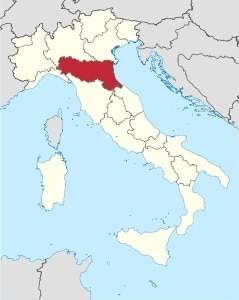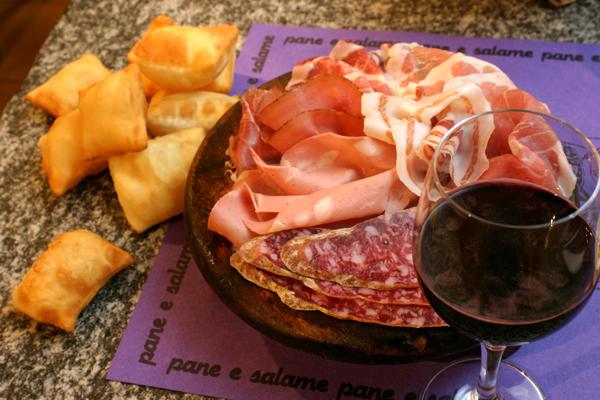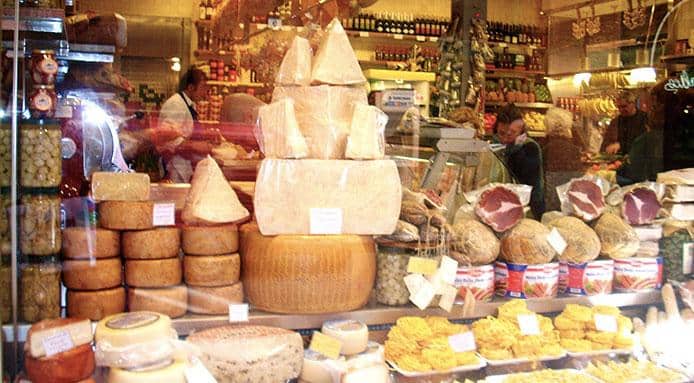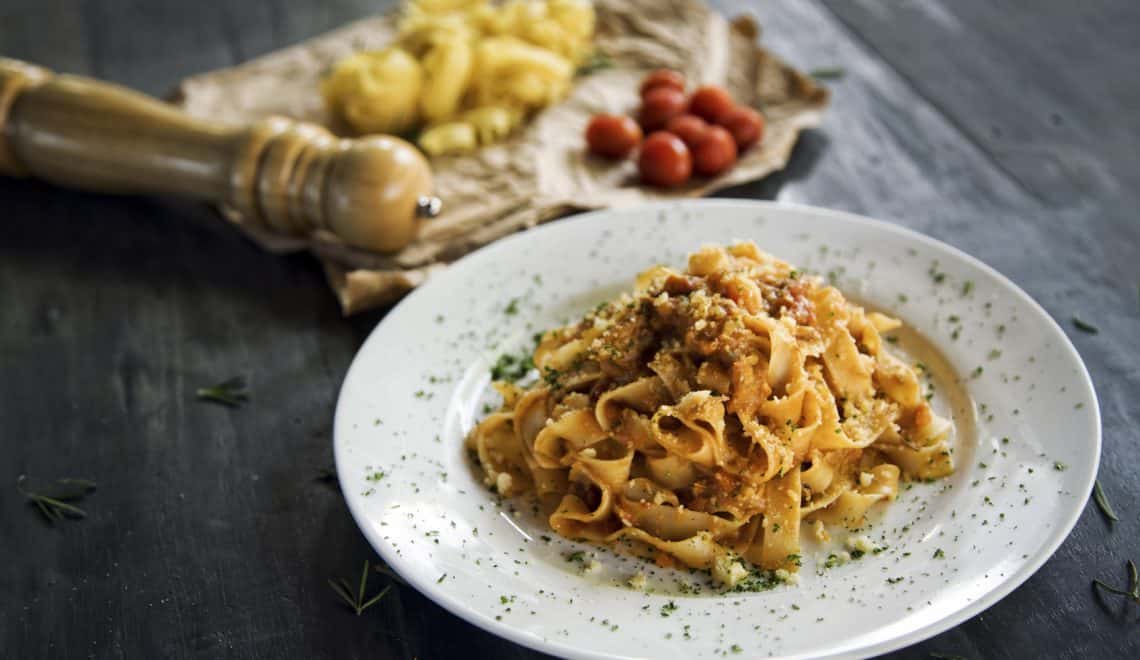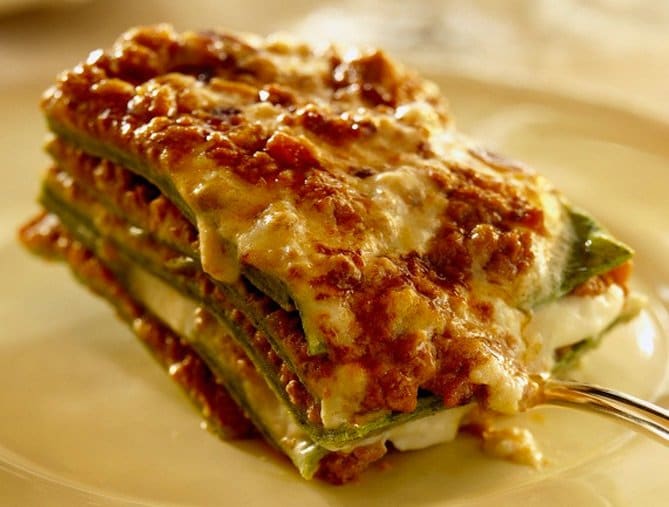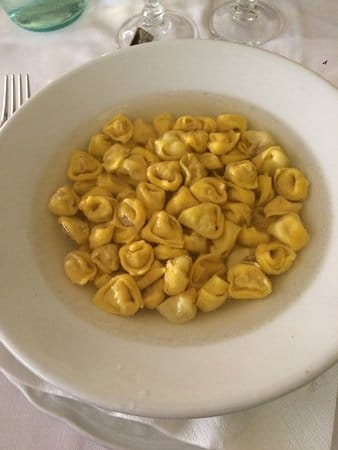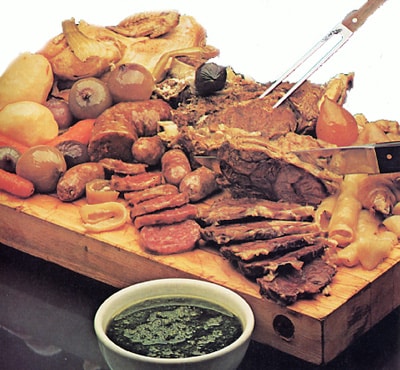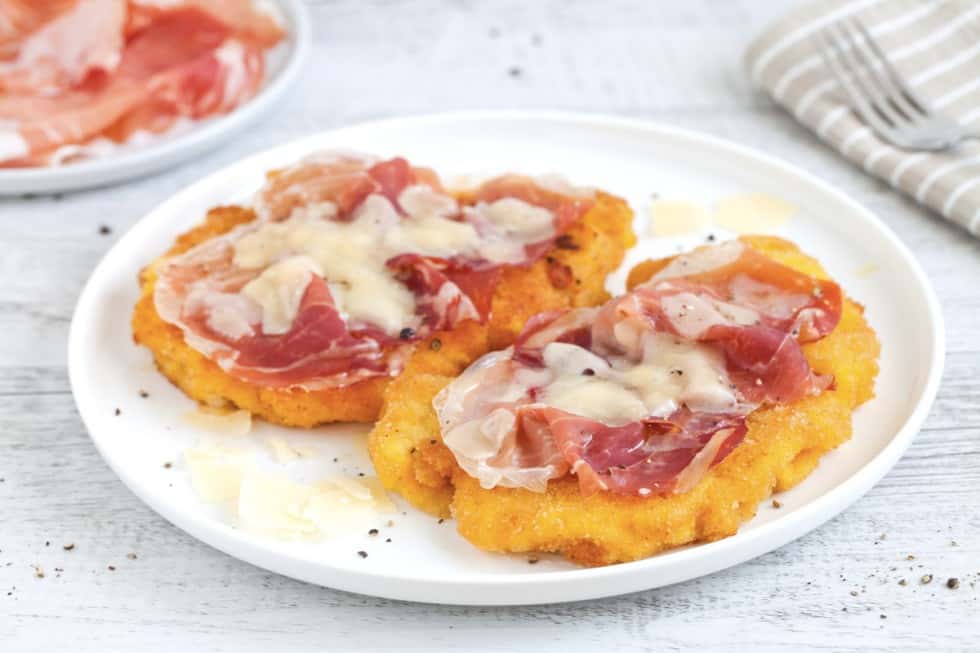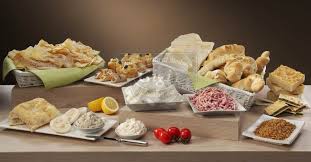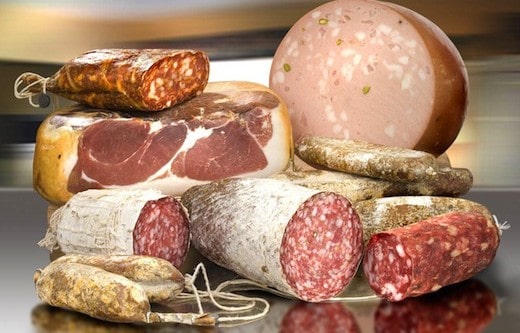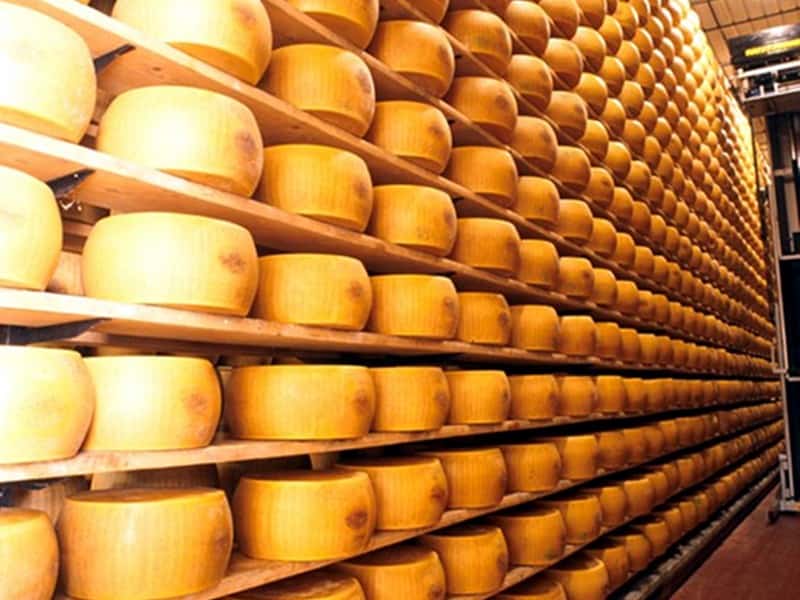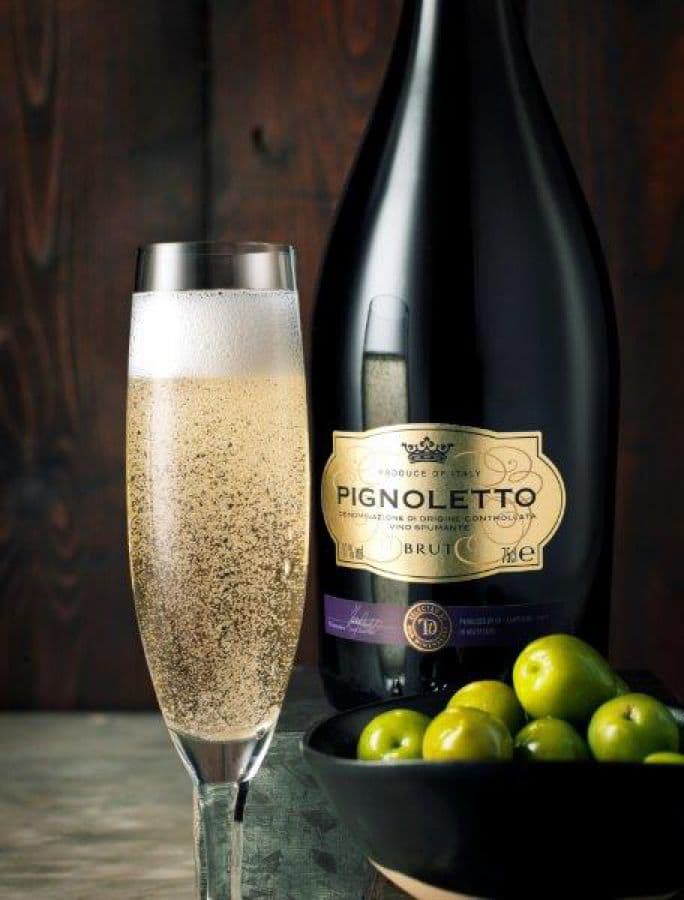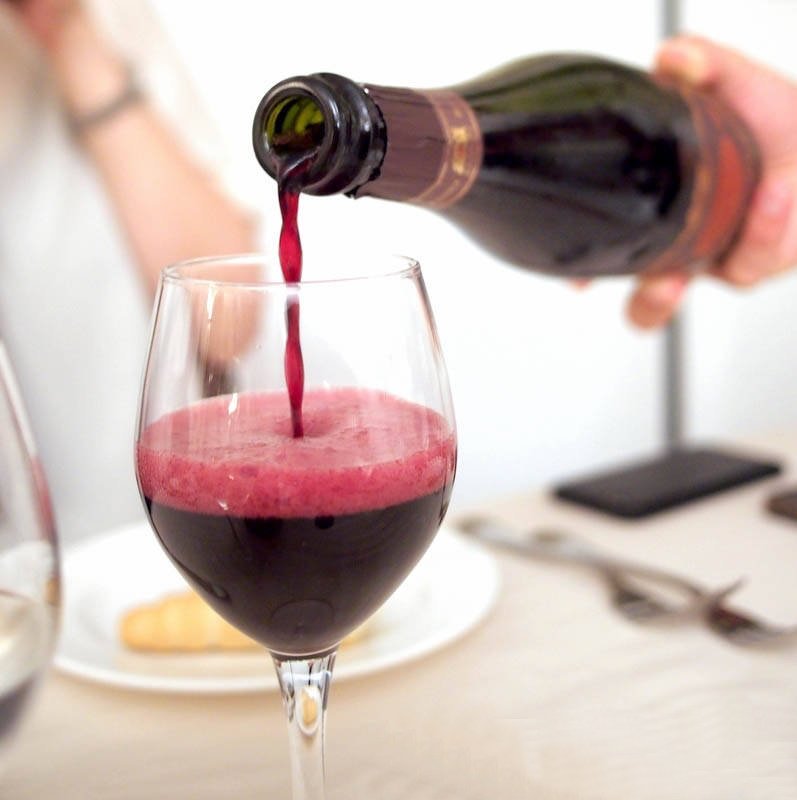Emilian cuisine
Emilian cuisine, as in most Italian regions, is a set of cuisine that, in Emilia, is the result of almost eight centuries of autonomy of the Emilian cities, from the age of the Municipalities to the Unification of Italy, and of the role of real capital exercised for a long time by the major cities.
Emilian cuisine – at least the best known – is undoubtedly a solid, tasty and generously seasoned cuisine. “Bolognese cuisine” or “Emilian cuisine”, a recurring appeal of restaurants and trattorias throughout Italy, is almost synonymous with excellent, hearty and substantial cuisine.
Background
Between the Emilia of the legations and that of the ducats, in particular, the divergence of the historical paths has produced perceptible consequences also in the alimentary and gastronomic field. But while among the Romagna cuisine, encompassed for almost four hundred years in the Papal States, and that of the Emilia contrasts prevail over affinities, the cuisine of the different Emilian cities make up a picture that, although very varied, nevertheless presents significant common traits. Partly exceptions are the cuisine of Piacenza, significantly influenced by that of Lombardy and Liguria, and that of Ferrara which, due to its eccentric position, has developed – and preserved – absolutely unique traits.
Precisely because it was governed by powerful noble families, at whose courts the most celebrated cooks were served, Emilia has great gastronomic traditions. Throughout the Renaissance and Baroque periods two gastronomic “schools” dominate: the Roman one of the papal court and, in fact, the Emilian one. Giovan Battista Rossetti and Cristoforo di Messisbugo work in Ferrara; in Parma, it seems, serves Vincenzo Cervio; Giulio Cesare Tirelli and Bartolomeo Stefani lend their work to Bologna. It is most likely from the five-seventeenth-century tradition that the Emilian cuisine inherited those characteristics of opulence and prodigality for which Bologna (and with it the entire region) is called “La Grassa” The fatt.
Emilian cuisine
Typical Emilian dishes
Pin of Emilian cuisine are the first courses. First of all the tagliatelle, thin and sough puff pastry (the flour should be dampened only with eggs, not a single drop of water is allowed); they are seasoned with Bolognese meat sauce and tomato paste. A variant is the green tagliatelle, in which dough enters the chard or spinach, particularly tasty and delicate are then the green nettle tagliatelle (take the tender tops of nettles, boil and then use instead of spinach). With the green sheet the lasagna are baked, a rich dish in alternating layers of Bolognese sauce and béchamel and Parmigiano Reggiano cheese, similar in some ways to the “vincisgrassi” of the Marche region.
Emblem of the Bolognese and Modenese cuisine, the tortellini belong to the large family of puffs filled with more or less noble ingredients: family of ancient origin (it is already present in medieval recipe books) and widely spread throughout central-northern Italy. Traditionally served in meat broth, they are also consumed with cream. Among the other stuffed pasta are tortelli (or tortelloni) of lean, or even “Cappelletti di magro” in Romagna, which are distinguished by their size (they are much larger) and for the insertion in the stuffing mainly of ricotta, parmesan , and parsley.
There are also tortelloni whose fillings are made up of excellent products such as mortadella and prosciutto rigorously combined with other raw ingredients based on cooked meats, eggs, Parmigiano Reggiano and nutmeg or with ricotta and spinach, the refined “Anolini” from Piacenza and the pumpkin tortelli (similar to those of Mantua, there are a variant of Piacenza and a Reggio Emilia, are then called Cappellacci di zucca in Ferrara); not to forget the “Erbazzone” of Reggio Emilia, a sort of savory pie with spinach and other vegetables, all seasoned with large quantities of Parmigiano Reggiano and cooked in the oven.
Main dishes
As for the main dishes, Emilia is equally rich: the veal cutlet of Bologna, is a rich variant of the Milanese cutlet, as well as another variant, prepared instead with the horse, is the “Faldìa” Piacenza ; the veal rump (cooked in butter with ham, Grana Padano cheese and truffle); the beef stew in Piacenza, vigorous and fragrant with spices, has illustrious and joint ancestors scattered here and there for the peninsula: more features are the versions with horsemeat and donkey
Particular are the “Pìcula ‘d caval” (dish based on minced meat) and the stewed donkey of Piacenza, a military city where horse meat was readily available, as well as the stuffed vegetables of the Piacenza Apennines or the Stuffed veal tip (“key” or “pocket”) that let discover its Ligurian matrix. Consumption of the eel is widespread along the Po river.
Although Emilia is certainly more known for the first courses there are also many main courses, among which we can mention:
the roasted guinea fowl
Bolognese stuffers
boiled bolognese mixed meat accompanied by typical sauces
the numerous “cacciatora” of chicken, rabbit, etc.
the “straccetti” (beef strips)
escalopes with balsamic vinegar;
roasted pigeons;
the roast of capon;
Emilian cuisine
Cold cuts and cheeses
Emilia boasts a production of cured meats that is unparalleled in terms of variety and value. The mortadella of Bologna, of pork and beef, is a sausage of noble birth and superb taste, unjustly undervalued for the meekness of the price; Modena’s mortadella is pure pork meat. The hams of the Parmense reach an admirable balance of sweetness and flavor. The Culatello, obtained with the “heart” of the ham, is a royal salami, even with the “Fiocchetto”
In Felino, in the Parma area, a well-seasoned salami is produced with an intense flavor, another superb salami produced in the area produced is the San Secondo ham, both in the most famous cooked version and in the rarest raw version. Zamponi and the Cotechini of Modena are very well known: both of them enter, very warm, in the mixed boiled meats of Bologna, Modena and Reggio Emilia.
The “Salama da sugo” of Ferrara, very tasty and spicy, is a fragment of Renaissance cuisine that has come down to us. The Coppa Piacentina, produced by D.O.P., as well as Pancetta and Salame Piacentino (Piacenza is the only Italian province to boast three D.O.P. cured meats) is also famous and renowned.
Known all over the world and rightly called “the king of cheeses”, Parmigiano-Reggiano is an obligatory ingredient of many Emilian dishes and other regions, traditional and newly minted, even if its unmatchable fragrance is appreciated above all – and especially if it is very old – when it is consumed naturally, in small flakes. In the province of Piacenza are produced instead Grana Padano and Provolone Val Padana. Less famous than Parmesan but certainly worthy of mention there are also: the squacquerone, casatella and caciotta of Castel San Pietro Terme.
Emilian cuisine
Wines
Emilia, in the lowland areas, does not offer a great variety of wines. Lambrusco in the dry, light and sparkling version, goes well with the fat and tasty dishes typical of the Emilian cuisine, representing the right contrast; in the amiable version it is a dessert or conversation wine. The Lambrusco DOC wines produced in the province of Modena are Lambrusco di Sorbara, Salamino di Santa Croce and Grasparossa di Castelvetro. Lambrusco Reggiano is produced in the province of Reggio Emilia. In the hilly areas are produced wines worthy of note as the Pignoletto of the Bologna hills, or the Malvasia, the Gutturnio, the Ortrugo and the Bonarda produced in the Piacenza area under the label Colli Piacentini. In the Scandiano area the Bianco di Scandiano (DOC) is also produced in the dry and sweet versions.
Also worthy of attention are Rosso del Bosco Eliceo (Ferrara and Ravenna) or Sauvignon (also a passito) and Cabernet Sauvignon (in the Bologna area).
If you liked this article, put a like on my Facebook page
if you want to learn how to make fresh handmade tagliatelle, with the traditional Bolognese Meat Sauce subscribe to one of my classes.
Short class
one-day class
oe the new Online Cooking Classes to live a cooking experience directly at your home
See you soon with a new article.
Chef Luigi

